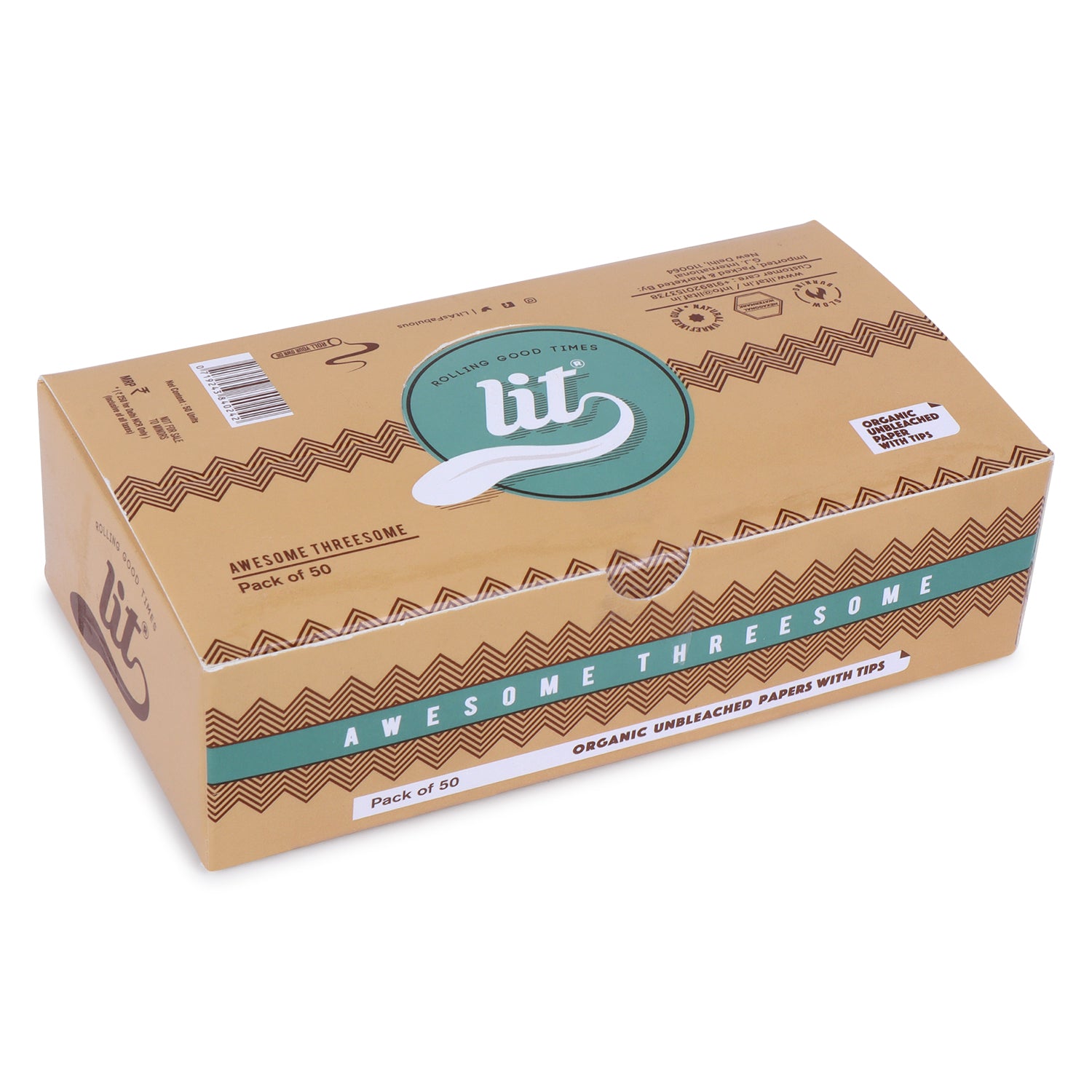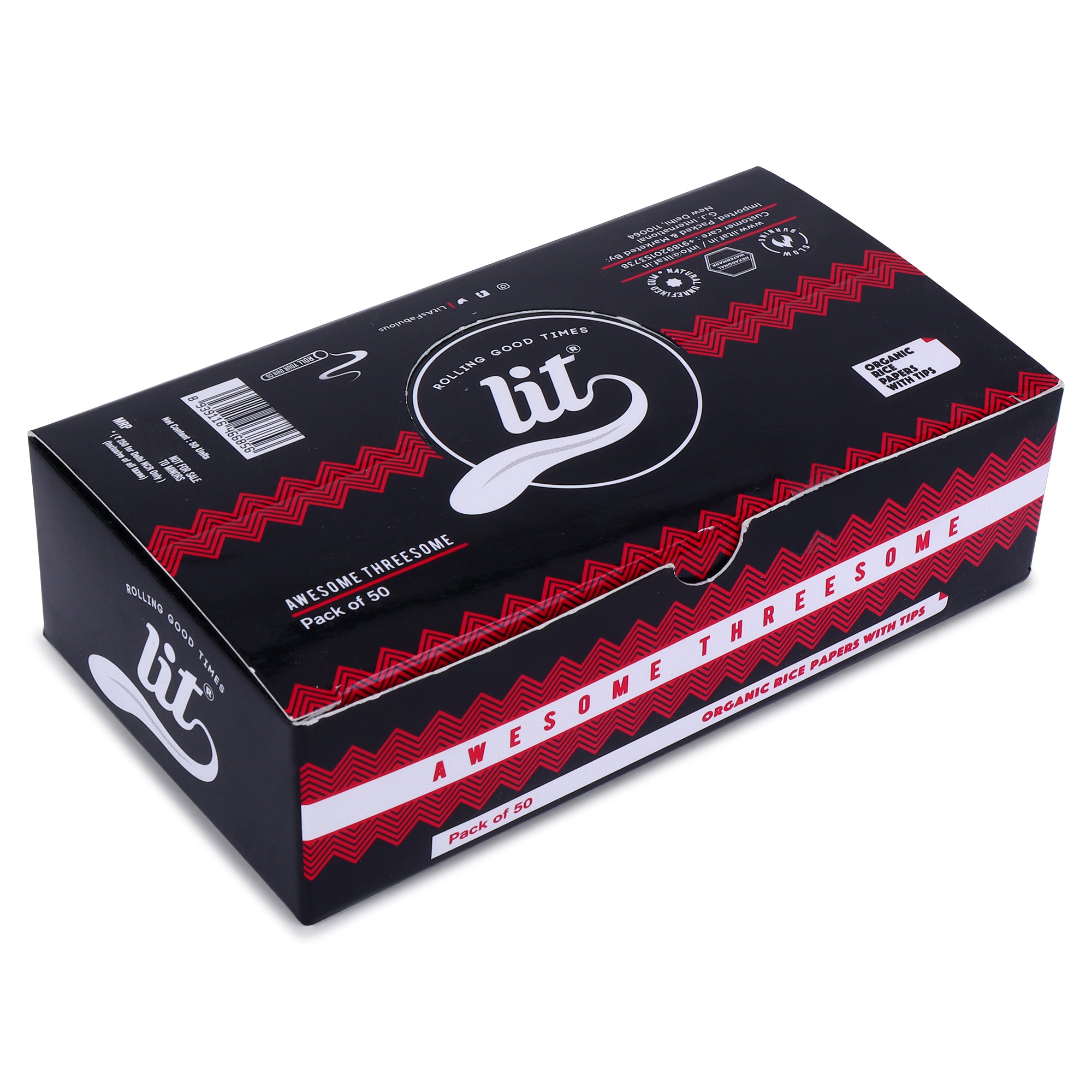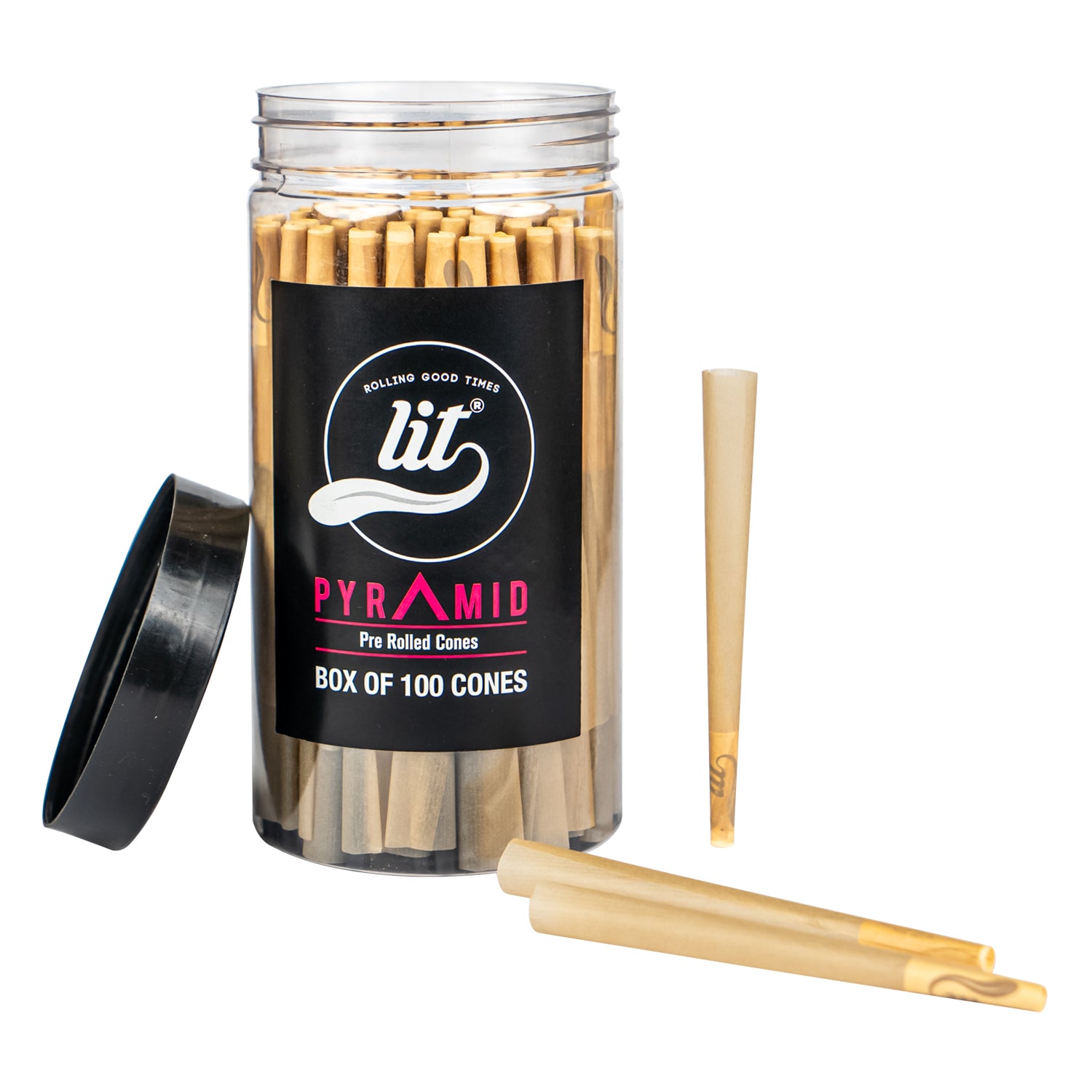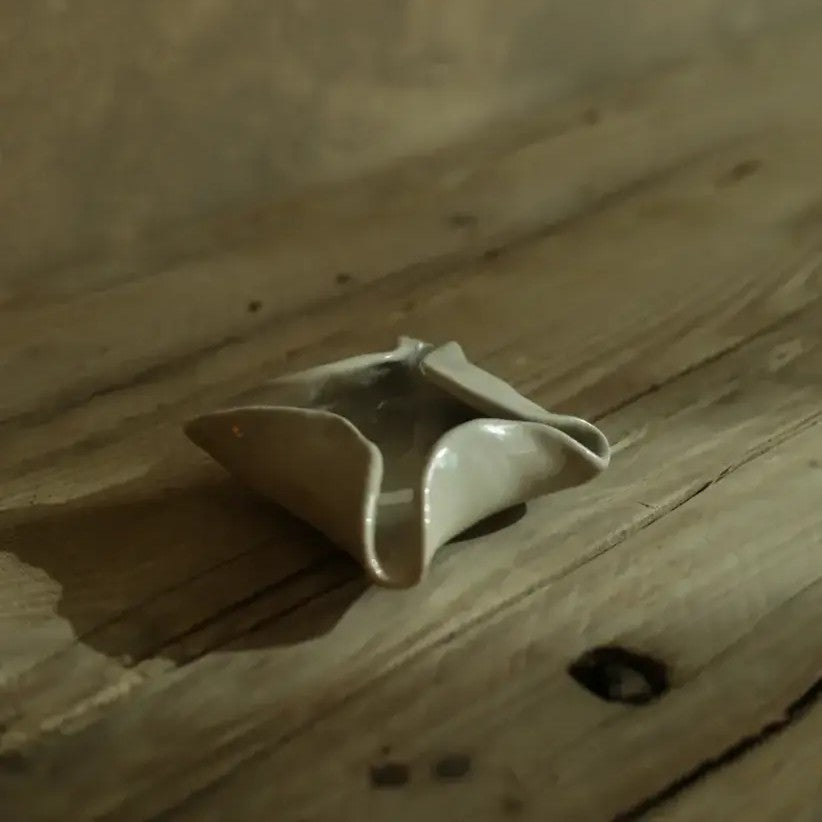Rolling papers are an essential component for smokers who prefer to roll their own cigarettes or joints. The type of paper you choose can significantly impact your smoking experience, as not all rolling papers are made the same. Different materials, additives, and manufacturing processes are used, leading to a wide range of paper qualities available in the market today.
Common Types of Rolling Paper Materials
-
Rice: Rice has been a popular choice for rolling papers since the late 1800s. It’s thin, burns slowly, and produces minimal ash, making it an ideal material for a smooth smoking experience.
-
Hemp: Hemp rolling papers are growing in popularity, particularly among cannabis enthusiasts. These papers are often organic and unrefined, giving them a natural, earthy flavor. Hemp also has a strong connection with the cannabis culture, adding to its appeal.
-
Wood Pulp: One of the earliest materials used, wood pulp, is still prevalent today. These papers are generally thicker and easier to roll, making them a favorite among beginners. However, they can burn more quickly and harshly than other materials.
-
Flax: Flax was once a popular material for rolling papers, and it is still used by some brands. It’s an all-natural option, offering a smooth burn and minimal environmental impact.
-
Esparto: Historically used in Europe, esparto, or needle grass, was common in the early days of rolling papers. However, its harsh taste and higher levels of carcinogens have made it less popular in modern times.
The Manufacturing Process
While rolling papers may seem like simple products, the manufacturing process is complex and involves several steps:
-
Harvesting and Processing: The process begins with collecting the raw materials, such as hemp or wood pulp. Some materials, like hemp, are easier to process than others, like hardwood.
-
Forming the Pulp: The harvested material is then turned into pulp and processed to form thin sheets of paper. The pulp is dried, and various steps may be taken to enhance the paper’s durability and burn quality.
-
Cutting and Assembling: Once the paper is ready, it is cut into the desired shapes and packaged into small booklets, often with added features like gum strips for easy sealing.
Toxic Ingredients to Avoid
Not all rolling papers are created with health in mind. Some may contain harmful additives that are best avoided:
-
Titanium Oxide: Often added to make papers self-extinguishing, this toxic ingredient can cause respiratory issues.
-
Chlorine Bleach: Used to whiten papers, chlorine bleach can be hazardous when inhaled during smoking.
-
Calcium Carbonate: This chemical slows down the burning process, but it’s essentially chalk. Smoking chalk? Probably not the best idea.
-
Potassium Nitrate: Common in flavored papers and blunts, this additive can cause significant respiratory issues.
-
Artificial Dyes: Some rolling papers use dyes that are not safe for consumption, so always check for all-natural ingredients.
Safe Additives
Not all additives are bad. Some are entirely safe and even enhance the smoking experience:
-
Non-Toxic Soy Coloring: This coloring, used in food-grade products, can be found in papers with printed designs, like those that mimic dollar bills.
-
Gum Arabic: The sticky strip on your rolling paper that helps seal the roll is usually made from gum arabic, which is a natural, safe substance.





